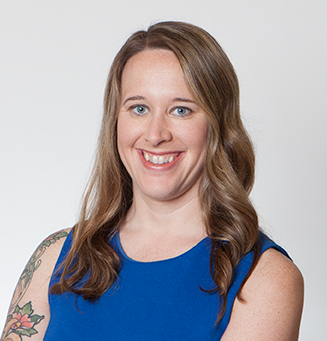How to maximize product sales across all channels with packaging and branding
Emily Page of Pearl Resourcing explains the role of packaging in a brand’s identity and growth strategy—and how to optimize this for increased omnichannel sales.

Packaging decisions are among the most important you’ll make as a CPG brand—realistically, you have a mere few seconds to capture consumers’ attention as they browse store shelves. And now the shelves are increasingly becoming screens, adding another layer of complexity.
So how can you grab the consumers’ attention and close the sale in that limited amount of time? Emily Page, founder and CEO of full-service packaging and product development company Pearl Resourcing, will shed light on this question in our upcoming BrandCamp digital summit: Creating cross-channel brand continuity with your packaging strategy.
Here, Page—who has helped launch brands now on Amazon and in Costco and Kroger stores—gives us a preview of what she’ll be speaking about.
How important is packaging as part of the overall brand strategy?
Emily Page: Packaging is everything when selling your product. It is the last place of real estate where you get to convince your customer to buy before they try your product. Beyond that, it determines which stores will carry your product, which customers will be attracted to buy, where it goes in the store planogram, how it stands out on the shelf from the competition and whether it arrives to the customer broken or in one piece. For that reason, it defines your customer experience of your product and should be one of the primary pillars of your brand growth strategy.
What are the most common mistakes you see brands make when it comes to their packaging decisions?
EP: The worst mistake I see brands make in their packaging is letting the choice be only a decision for the procurement department—whose priority it is to get the cheapest price. But that puts the wrong priority first.
Packaging cannot be separated from your brand identity and sales strategy, and therefore it is something for your executive team to be discussing. First, focus on the best way to capture attention with your target audience in the sales channel you will be selling in. Then your team can discuss how to accomplish this as affordably as possible.
The second most common mistake I see is companies (especially in emerging brands) offering their product in one size/style of packaging at trade shows or to buyer meetings. They are leaving money on the table by not preparing different options and having the answers to questions a buyer would ask. Often you get one chance to meet with a buyer of a large retailer, and if you don’t have examples for how your product could fit in their store, you’re missing opportunities and making the time it will take to scale and grow much longer than it needs to be.
What’s the most important consideration when choosing packaging?
EP: The most important consideration when choosing packaging is who is your target customer and where are they going to buy it? Different sales channels require different packaging—for example, club store versus e-commerce versus checkout aisle. Also, different categories require different packaging, so you need to plan from the buyer’s perspective when they see it in the store on the shelf, so you stand out from the competition.
If you’re planning to sell in different sales channels, you need to have different packaging strategies, and the result will be increased sales success.
 Hear more from Page on presenting your product to best suit your brand, across all channels. Register here for the upcoming BrandCamp digital summit on April 25.
Hear more from Page on presenting your product to best suit your brand, across all channels. Register here for the upcoming BrandCamp digital summit on April 25.
About the Author(s)
You May Also Like




